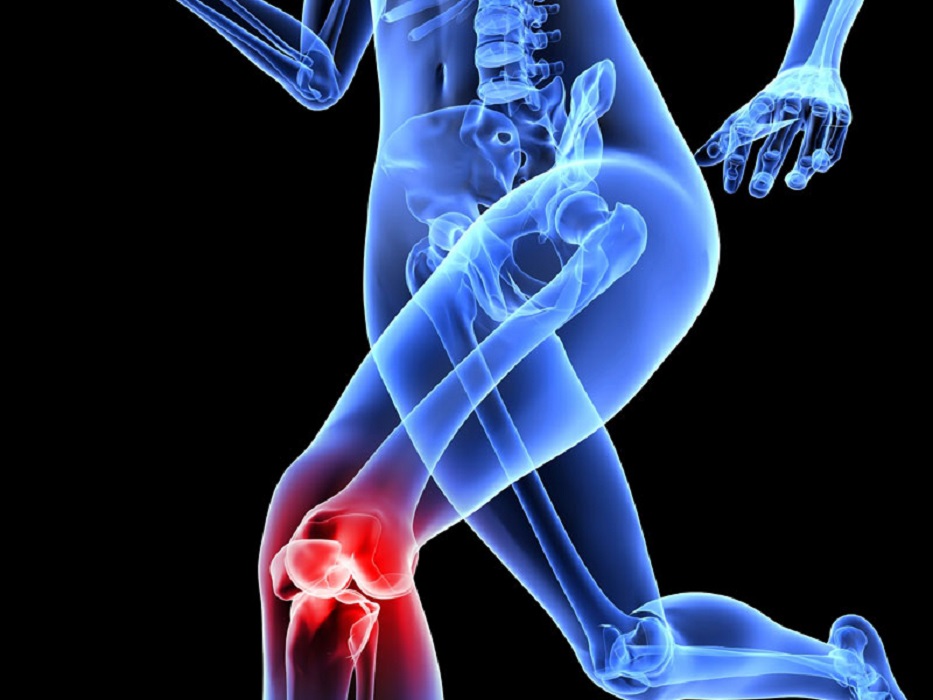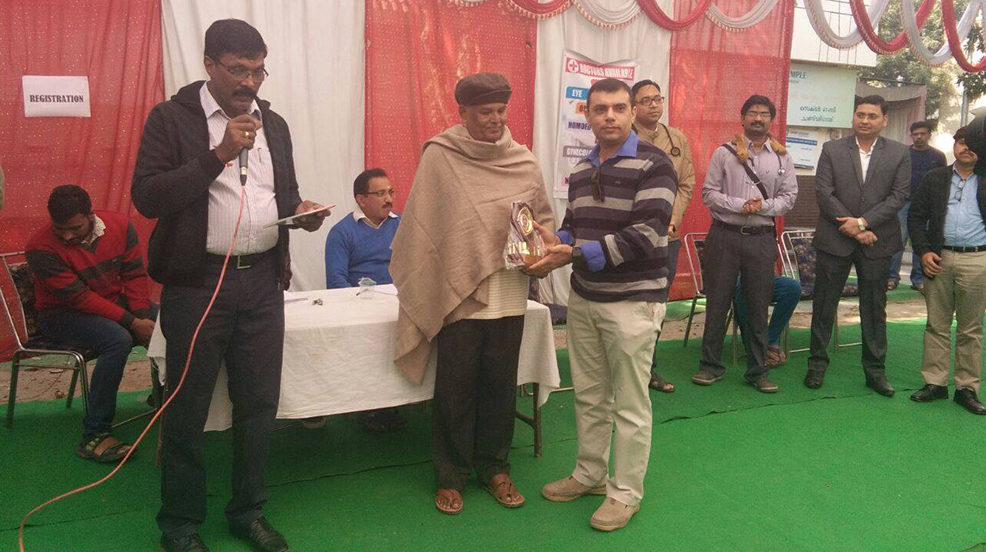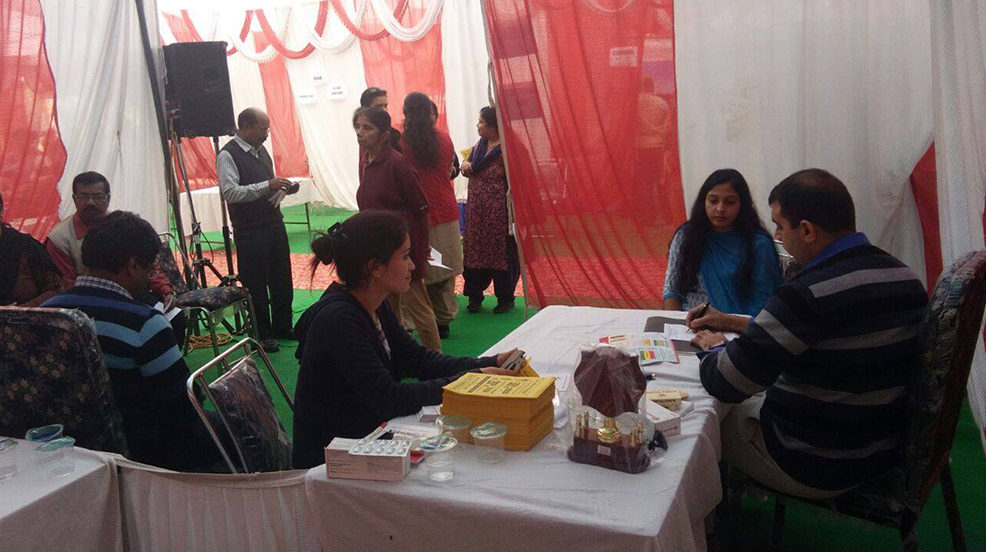Rheumatoid arthritis is an autoimmune condition in which your body’s immune system has decided to attack its own joints. It’s likely to cause you pain for the rest of your life, thus making it difficult for you to see the bright side. It is estimated that people suffering from arthritis have much higher rates of depression and anxiety than the general population.
Rheumatoid Arthritis and Fibromyalgia
Fibromyalgia and RA have symptoms that are similar, such as fatigue and pain. RA, however, causes joint pain and inflammation and can be treated with a variety of medications. It can trigger your chance of developing fibromyalgia as well. According to research, 20–30% of people have RA and fibromyalgia together.
Daily tribulations of living with Rheumatoid Arthritis
Living with rheumatoid arthritis (RA) can be a challenging experience. Some common symptoms of RA include:
Joint pain and stiffness
This is often the most prominent symptom of RA, and it can make it difficult to move the affected joints.
Fatigue
Many people with RA experience fatigue, which can make it difficult to carry out daily activities.
Swelling
RA can cause swelling in the joints, which can make them appear red and feel warm to the touch.
Joint deformities
Over time, RA can cause joint deformities, which can lead to permanent disability.
Reduced mobility
The joint pain, stiffness, and swelling associated with RA can make it difficult to perform daily activities, such as dressing, cooking, and cleaning.
Emotional impact
Living with a chronic illness like RA can be emotionally challenging. It can cause feelings of frustration, sadness, and anxiety.
Despite these challenges, you can work towards reducing pain and stiffness, improving mobility, and maintaining your overall health and well-being. Rheumatoid arthritis needs to be managed daily, as it can affect all aspects of your life. Though there are certain treatments that can help you manage RA symptoms, you can adopt some lifestyle changes to help manage your condition.
Regular exercise
Exercise is important for maintaining joint health, reducing stiffness, and improving mobility. It can also help reduce fatigue and improve overall physical and mental health. Talk to your healthcare team about what types of exercises are safe and effective for you.
Healthy diet
A balanced diet that is rich in anti-inflammatory foods, such as fruits, vegetables, whole grains, and omega-3 fatty acids, can help reduce inflammation and improve overall health.
Stress management
Stress can trigger RA flares, so it’s important to manage stress levels. This may involve relaxation techniques, such as deep breathing, meditation, or yoga.
Avoid smoking
Smoking can increase the risk of developing RA and worsen symptoms for people who already have the condition.
Maintain a healthy weight
Excess weight can put additional strain on joints, exacerbating RA symptoms. Maintaining a healthy weight through a balanced diet and regular exercise can help reduce stress on joints.
Adapt daily routines
People with RA may need to adapt their daily routines to minimize stress on their joints. This may involve using assistive devices, such as canes or splints, to support joints, and modifying daily activities to reduce joint strain.
Get enough sleep
Getting enough restful sleep is important for overall health and can help reduce fatigue and improve mental clarity.
In addition to making these lifestyle changes, it is important to work with a healthcare team to develop a personalized treatment plan that incorporates these lifestyle changes and other medical interventions as necessary.
Rheumatoid Arthritis treatment
Get insights into some common treatment options for RA
Medications
There are several types of medications used to treat RA, including nonsteroidal anti-inflammatory drugs (NSAIDs), disease-modifying antirheumatic drugs (DMARDs), and biologic agents. These medications work to reduce inflammation and pain, and slow down or halt the progression of the disease.
Physical therapy
Physical therapy can help improve joint function, reduce pain, and increase mobility. A physical therapist can create an exercise regimen that is specific to a person’s needs and abilities.
Occupational therapy
Occupational therapy can help individuals with RA learn new ways to perform daily activities, use assistive devices, and modify their environment to reduce stress on their joints.
Surgery
Joint replacement surgery may be an option for people with severe joint damage. This involves replacing the damaged joint with an artificial one.
Lifestyle modifications
Making lifestyle changes such as regular exercise, maintaining a healthy diet, and managing stress can help manage symptoms and improve overall health.
To Sum Up
Treatment for RA is aimed at reducing pain and inflammation and improving the overall quality of life. Learn as much as you can about rheumatoid arthritis, including the causes, symptoms, and treatments. This will help you make informed decisions about your care and manage your expectations.









